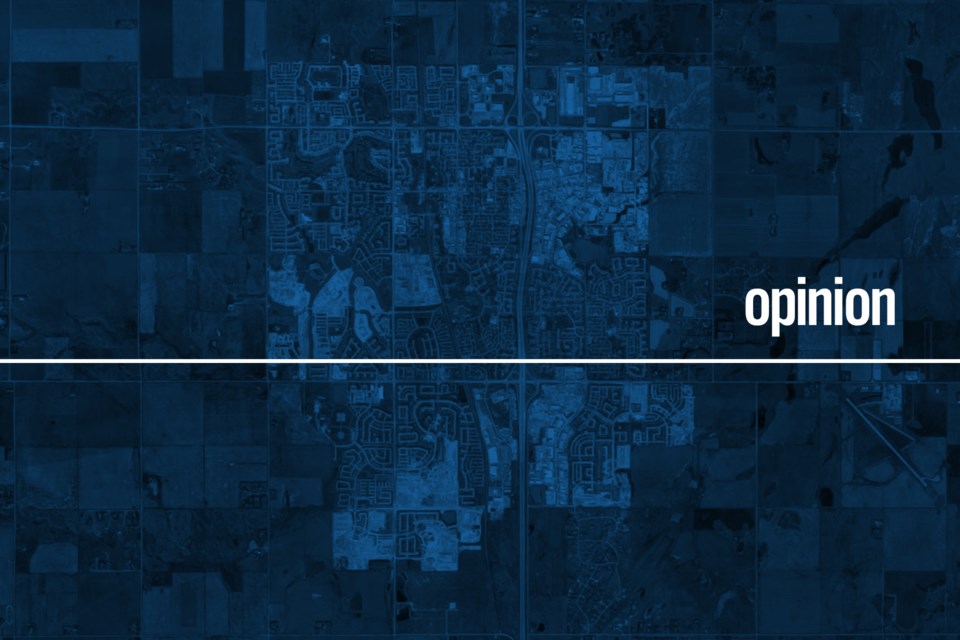Freedom of the press has been a right enshrined in law and society since Canada’s inception. It is also enshrined in our 1982 Constitution.
In recent years there have been attempts to infringe on those rights in Canada. What does freedom of the press encompass? Full access to all information which, by law, should be available to all members of the public. This covers everything in the public realm, such as sights seen and photographs taken from a public sidewalk, or on a public street or public access roadway, within a public park, or in any venue or event deemed open and accessible to the public.
That also covers any law enforcement actions which result in charges, and the right to sit in on trials and report all the details therein – except where explicitly forbidden to do so by court order. These publication bans are usually implemented in order to protect the identity of an underage victim, for example.
If Joe public can sit in on a trial and watch everything that goes on, (which he can), the press also has the same right, because members of the press stand in for all the members of the public who can’t be there themselves.
We also are supposed to have full and free access to any public records related to any legislative or official government action – just like any other member of the public.
In practice, there have always been blocks put on these accesses, which force media companies to file what are called “FOIPP” requests and pay fees to access information that governments want to withhold – either to protect “privacy” or because it would look bad if the information came out.
The law is quite clear on the fact there should be no privacy when it comes to any government legislation passed, and that is how it’s supposed to be, in a democratic society, on the public record. However, there are loopholes governments have become adept at exploiting, such as improperly utilized “off-camera” discussions or under the banner of “internal communications.”
Legally, only specific things are supposed to be discussed off-camera, and those should be itemized and described in general on a public agenda without going into specific details. Ideally, this would include a properly displayed FOIPP file number for each item in case the public seeks to know more and submit a FOIPP challenge.
And now we come to the terror of social media punditry, where a group of social media users opposed to specific types of reporting attempt to vilify the media outlet for doing its job because the stories do not agree with their preconceived biases.
Sadly, no one group has a monopoly on this sort of activity, and it is becoming an increasingly brazen attempt to discredit the messenger rather than argue the facts.


